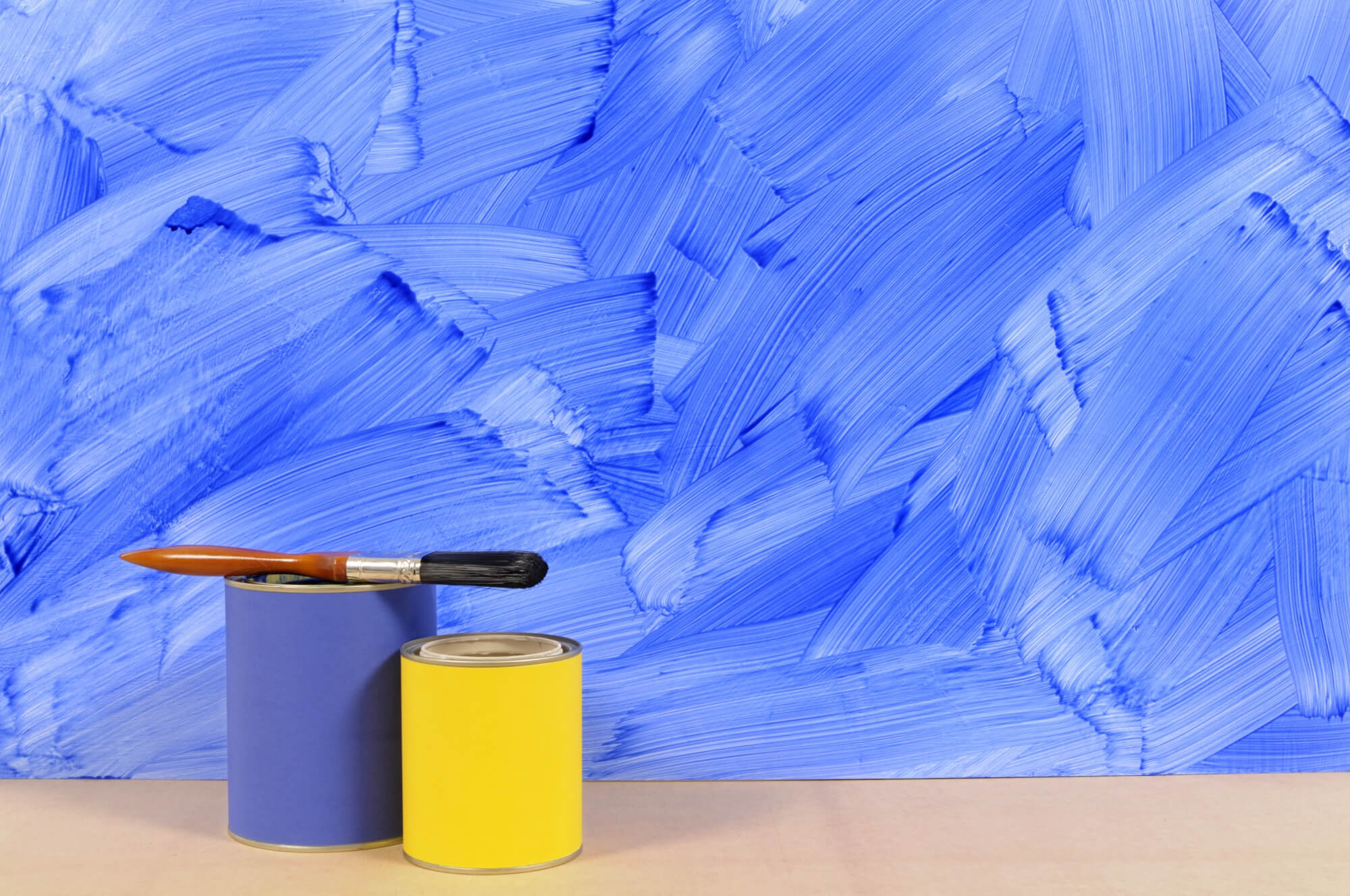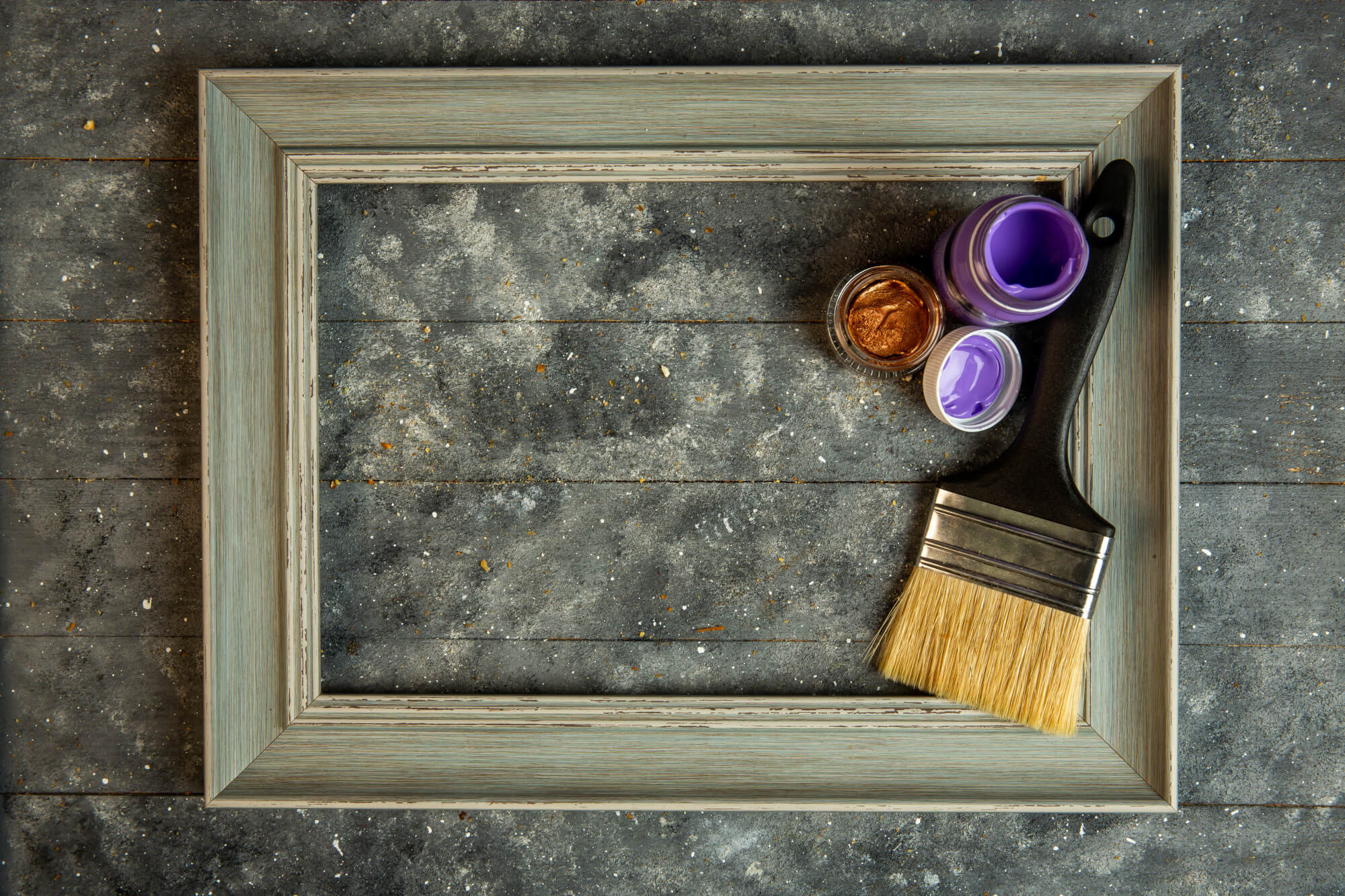Elevate the aesthetic appeal of your home by employing decorative painting techniques on your interior walls. These methods can add depth, texture, and character to any room, providing a unique alternative to wallpaper or traditional paint applications. This article, brought to you by Weiler Painting, will explore several popular decorative painting techniques and provide a comprehensive guide for their successful implementation.
1. Faux Finishes
Faux finishes are designed to replicate the appearance of various materials, such as wood, marble, or stone. By using specialized painting techniques and tools, you can create stunning, realistic effects that elevate the visual appeal of your home. Some popular faux finishes include:
Faux Marble
Create the opulent appearance of marble without incurring exorbitant costs by layering paint and employing glazing techniques to emulate authentic veining and depth. Follow these steps:
- Apply a base coat in a color that mimics the background hue of your desired marble type.
- Mix a glaze with contrasting paint colors to create the veins, using a 4:1 ratio of ice to paint.
- Use a soft artist’s brush to apply the veining mixture onto the wall, mimicking the natural patterns found in marble.
- Soften the veins with a dry brush or feather to blend them into the base coat.
- Apply additional layers of veining and glaze as needed, allowing each layer to dry before adding the next.
- Seal the surface with a clear topcoat for added durability and sheen.
Faux Wood Grain
Recreate the warmth and texture of natural wood by applying layers of paint and using tools like graining combs or wood-graining rockers to simulate the pattern of the wood grain. Follow these steps:
- Apply a base coat in a color that resembles the background hue of your desired wood type.
- Mix a glaze with contrasting paint colors to create the grain pattern, using a 4:1 ratio of ice to paint.
- Apply the glaze mixture to the wall using a brush or roller.
- Use a wood-graining tool or comb to create the grain pattern by dragging it through the wet glaze.
- Wipe the tool clean after each pass to ensure a crisp pattern.
- Allow the glaze to dry before applying a clear topcoat for added durability and sheen.
Faux Stone
Achieve the look of natural stone by using sponges or textured rollers to apply layers of paint in various shades, creating the illusion of depth and texture. Follow these steps:
- Apply a base coat in a color that resembles the background hue of your desired stone type.
- Mix a glaze with contrasting paint colors to create the stone pattern, using a 4:1 ratio of ice to paint.
- Apply the glaze mixture to the wall using a sponge or textured roller, dabbing and twisting to create an organic, random pattern.
- Layer additional colors as needed, allowing each layer to dry before applying the next.
- Soften the pattern with a dry brush or clean rag, blending the colors to create a more natural appearance.
- Apply a clear topcoat for added durability and sheen.
2. Sponging
Sponging is a straightforward technique that involves applying paint to the wall with a natural sea sponge or sponge roller. It creates a textured, mottled effect with subtle variations in color and pattern. Follow these steps:
- Use a base coat of paint on your wall and let it dry.
- Dip a damp sponge in a contrasting paint color and lightly dab it onto the wall, varying the pressure and rotation to create a random pattern.
- Layer additional colors for added depth and complexity, allowing each coating to dry before applying the next.
- Finish by applying a clear topcoat for added durability and sheen.
3. Rag rolling
Rag rolling involves rolling a fabric rag, such as cotton or linen, over wet paint to create a textured, patterned effect. Follow these steps to use this technique:
- Apply a base coat of paint to your wall and let it dry.
- Mix a glaze with a contrasting paint color, using a 4:1 ratio of ice to paint.
- Apply the glaze mixture to the wall using a brush or roller.
- While the paint is still wet, roll a fabric rag over the surface to remove some of the paint and create a unique pattern.
- Allow the glaze to dry before applying a clear topcoat for added durability and sheen.
4. Stenciling
Stenciling allows you to create intricate designs and patterns on your walls using pre-made or custom stencils. Follow these steps to stencil a wall:
- Secure the stencil to the wall using painter’s tape or spray adhesive.
- Apply paint to the stencil openings using a brush, roller, or sponge, taking care not to overload the applicator to prevent paint from bleeding under the stencil.
- Carefully remove the stencil and reposition it to continue the pattern.
- Allow the paint to parch before applying a clear topcoat for added durability and sheen.
5. Strie
Strie, or dragging, creates a subtle, linear texture reminiscent of fabric or brushed metal. Follow these steps to achieve this effect:
- Apply a base coat of paint to your wall and let it dry.
- Mix a glaze with a contrasting paint color, using a 4:1 ratio of ice to paint.
- Apply the glaze mixture to the wall using a roller or brush.
- Drag a long-bristled brush or a strike brush through the wet glaze or paint in a vertical or horizontal direction, slightly overlapping each stroke.
- Allow the glaze to dry before applying a clear topcoat for added durability and sheen.
6. Color Washing
Color washing creates a soft, subtle texture by blending layers of paint and glaze. Follow these steps to achieve this effect:
- Apply a base coat of paint to your wall and let it dry.
- Mix a glaze with a contrasting paint color, using a 4:1 ratio of ice to paint.
- Apply the glaze mixture to the wall using a brush, roller, or sponge, using random, crisscross strokes to create a textured pattern.
- Blend the glaze into the base coat using a dry brush or clean rag, working in small sections to ensure even coverage.
- Allow the glaze to dry before applying a clear topcoat for added durability and sheen.
In conclusion, decorative painting techniques offer a variety of ways to add depth, texture, and character to your interior walls. Experiment with faux finishes, sponging, rag rolling, stenciling, strike, and color washing to create stunning visual effects that will elevate the aesthetic appeal of your home. Following the step-by-step guides above and adopting a friendly and convincing tone, you can expertly implement these techniques and transform your living space.



